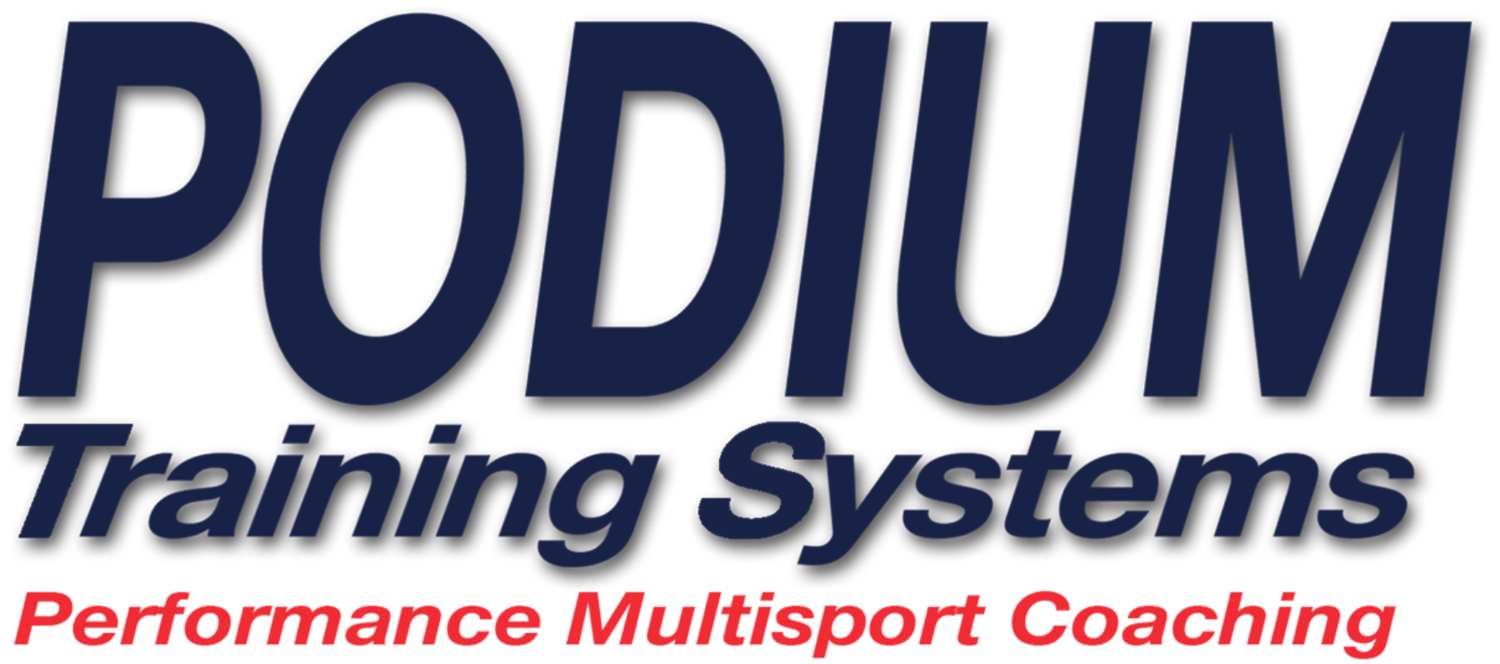Improving running economy is a goal of every coach. There are numerous methods that can be employed to ensure that we are maximizing the economy of our athletes at the highest level. To that point, running economy can be gained through both mechanical, as well as physiological, gains.
How does one begin to improve the economy of their athlete?
Video analysis is the first step.
Using your video analysis program and tools of choice, you can look to ensure a number of things:
- Foot strike is below the center mass of the body.
- Good foot contact
- Good shin angle and knee flexion
- No over-stride.
- Stride length is key – a solid foot-plan without over-stride is paramount.
- Running cadence of around 180-200
- Minimal bounce and hip drop
- Ensuring the “Three C’s”:
- Body is compact and linear.
- All appendages are connected
- An effective cadence in stride is in place
Once the limiters of your athletes run mechanics have been determined, you would begin to incorporate drills to remediate the flaws in running form.
Work on the bio-energetics & functional range of motion of your athlete – using tire tubes and harness / tire pull work.
The end goal here is to allow the athlete to be able to run, all out, with perfect form.
Once you have the run mechanics of your athlete dialed, and mechanical economy is gained, you can then focus on additional areas, the physiological side, of economy improvement:
Firstly, begin to employ fractionalization in speed training.
By this I mean a break up of the overall training distance to shorter efforts with enough recovery to maintain race pace during those efforts. This will provide the athlete the ability to improve their ability to maintain their VO2 pace.
As economy improves we would begin to increase distance and decrease recovery. You can also employ VO2max training to work on overall, top-end, speed and efficiency.
For instance, 10 x 200m at Z5 or Z6 at the track, with a 100m recovery.
Or 8 x 400m, at Z5 or Z6 effort, with a 200m recovery.
My personal favorite is Potassium (K) pump training theory. Essentially, repeated speed endurance efforts with maximal recovery to improve efficiency, power, range of motion, and performance.
An example of a good K-pump set is:
10 x 30 second hill efforts at 95% effort.
The purpose of the K-pump session is to decrease the time that it takes to go from anaerobic to aerobic energy systems.
Longer lactate threshold sets (high Z4 efforts) can also be employed to increase aerobic conditioning – ensuring that it takes longer to become anaerobic and thus providing added economy.
Of course, you could simply move your athlete to altitude to train!
Oxygen efficiency will increase as more red blood cells are generated by the cardiovascular system. Join me here in Colorado Springs and you’ll see what I’m talking about.
